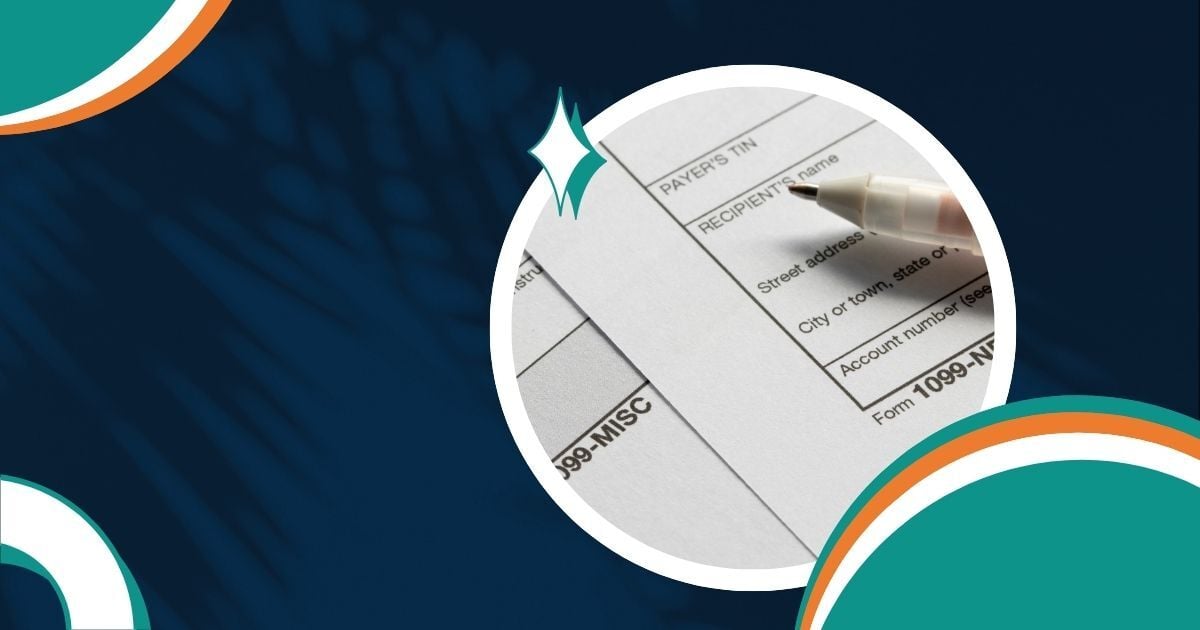One of the hottest topics from the One Big Beautiful Bill Act is the ‘No Tax on Tips’ provision. This new tax-free tips legislation allows qualifying individuals to earn tips without paying federal income tax, up to a set amount. The biggest question for employers and payroll professionals has been: which occupations qualify for this provision?
⚠️Note: This information is for informational purposes only and does not constitute formal tax, legal, or compliance advice. Always consult with qualified tax advisors, legal counsel, and your organization’s internal teams for guidance specific to your situation. Additional regulations may apply. For the most accurate and up-to-date information, refer to official government resources and regulatory agencies.
Recently, the Treasury released its first official list of tipped occupations that qualify for this provision. Standard tipped positions in the restaurant industry, service sectors, and more are included. This article explores those details and explains the impact on payroll operations and business compliance.
Table of Contents
- One Big Beautiful Bill Act Overview
- 'No Tax on Tips' Info & Occupation List
- Payroll Operations: What Employers Need to Know
- Conclusion: The Future of Tip Taxation
One Big Beautiful Bill Act Overview
The One Big Beautiful Bill Act, enacted in July 2025, introduces significant legislative changes—most notably, impacting payroll tax compliance for businesses and workers. Since its introduction, the bill’s payroll tax implications have been a major topic of discussion in the business community.
Did you catch our webinar that did a deep dive into the impacts of the OBBBA? Check it out here!
Background: The Rationale for Tax-Free Tips
‘Tax-Free Tips’ has been discussed on Capitol Hill for years. Its inclusion in the One Big Beautiful Bill Act is intended to provide financial relief to service workers facing inflation, with the broader goal of boosting the economy and supporting the service industry.
While the politics of this provision may be debated for years to come, its tax implications are already in effect, retroactive to the start of 2025. As of now, the tax-free tips law applies through 2028, giving Congress a window to evaluate its effectiveness.
Understanding the ‘No Tax on Tips’ Provision
When the bill was enacted, it was clear that certain occupations would qualify for this exemption. The majority of these roles are found in the service industry, but the specifics matter for payroll compliance and business planning.
Workers in qualifying occupations can now exclude up to $25,000 in tips from federal income tax if they earn less than $150,000 ($300,000 for married couples filing jointly). For those earning above the threshold, the eligible tax-free amount is reduced by $100 for every $1,000 in additional income beyond $150,000. The deduction is available for both itemizing and non-itemizing taxpayers.
Recently, the Treasury released its preliminary list of over 60 qualifying occupations, which include:
- Restaurant servers, bartenders, and bussers
- Hotel bellhops, valets, and housekeeping staff
- Salon and spa professionals (hairdressers, nail technicians, massage therapists)
- Rideshare and taxi drivers
- Casino dealers and attendants
We've created an easy reference guide, with all occupations listed, including their TTOC and SOC codes:
Payroll Operations: What Employers Need to Know
Although the provision is retroactive to the start of 2025, the IRS (Internal Revenue Service) has stated it will provide ‘transitional relief’ for tax year 2025. This means there is no official change to reporting practices required this year. The IRS will provide specific guidance for tax year 2026 in the coming months.
That being said, workers will likely want to take advantage of this exemption when they file their 2025 tax return. They will be relying on their employers to provide the necessary information. For the future, employers will not necessarily be required to deduct tip income from an employee's federal taxable income; instead, they will rely on the employee to update their W-4 to reflect the savings accordingly.
Currently, tips must be reported on the W-2, in boxes 7 and 8. For 2026, it is proposed that amounts will also be reported in Box 12 (codes TP - qualified tips and TT - qualified overtime). Box 14 will also need to include the occupation code to facilitate accurate exemption claims. This change is not yet official; details will be provided in due course.
Key Changes to Implement for ‘No Tax on Tips’ in your Payroll System
Typically, tips are tracked separately in payroll systems, but this provision makes it more important than ever for employers to ensure the accuracy of their reporting. Employees will need this information reported on their W-2 to claim the exemption correctly.
- Payroll System Configuration: Ensure your payroll system is set up to track tips separately from other sources of pay. Additionally, as employees update their tax withholding on Form W-4, make sure your team is prepared to implement these changes promptly.
- Employee Communication: Clearly explain to employees how the new law impacts their paychecks and tax reporting. Transparency will reduce confusion and help workers understand the potential to increase take-home pay.
- Worker Classification: Accurate worker classification is now more important than ever. Payroll teams will need to align employee records with the qualifying occupations list and update systems accordingly. This is especially critical for businesses with diverse service roles or mixed-duty employees.
- Year-End Reporting: Adjust year-end procedures to ensure W-2s and other tax forms accurately reflect the new tax treatment of tips. Errors here can create headaches for both businesses and employees.
Payroll teams should invest in training to understand the latest IRS rules for tips in 2025 and beyond. For multi-state employers, verify whether state tax laws are also changing, as some states may continue to tax tips even if the federal government does not.
Conclusion: The Future of Tip Taxation for Employers and Employees
The ‘No Tax on Tips’ provision in the One Big Beautiful Bill Act brings sweeping changes to payroll compliance, tipped worker compensation, and business administration. While the short-term transition may require additional effort, by staying informed, investing in system updates, and communicating proactively with staff, businesses can turn this legislative change into a competitive advantage.
As more guidance emerges, staying agile and ready to adapt will help ensure continued success for both employers and their teams.
Stay Updated
Want to stay ahead of every update? Sign up below to receive timely insights and breaking payroll tax compliance news from Greenshades. We’re tracking changes and will keep you informed.



























